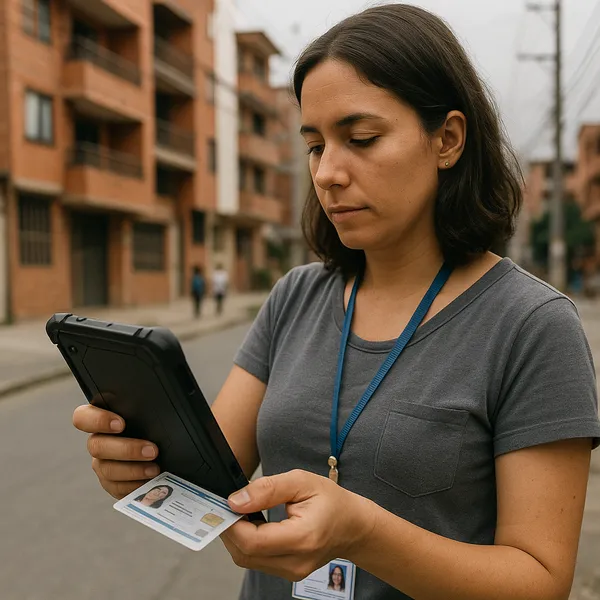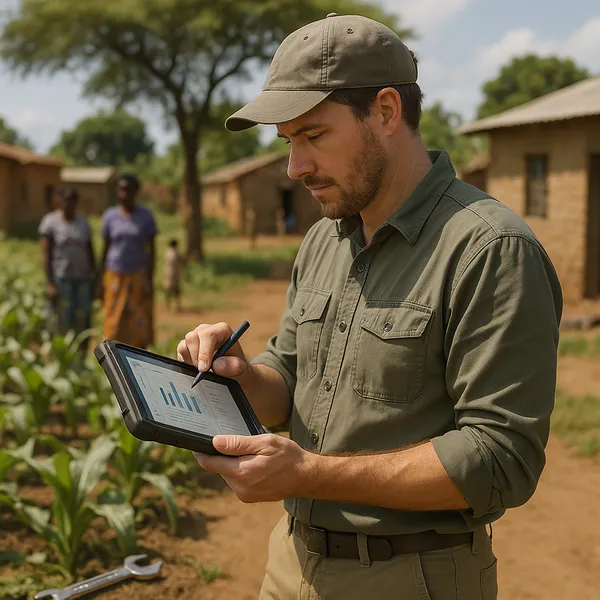Beneficiary Feedback Loops - Enhancing Voice in Program Assurance
Published on: Tue Sep 10 2024 by Ivar Strand
1. Introduction: The Challenge of Inclusive Beneficiary Feedback
For development and humanitarian programs to be effective, they must be informed by the perspectives of the people they serve. Beneficiary feedback is not an optional extra; it is a core component of accountable and adaptive management. However, collecting this feedback in a truly inclusive manner is a persistent operational challenge.
Traditional methods, such as face-to-face interviews or focus groups, can systematically exclude the most marginalized voices. Logistical hurdles can make it difficult to reach remote populations. In many cultural contexts, women may be reluctant to speak with male enumerators. Furthermore, individuals may be unwilling to provide candid feedback on sensitive topics for fear of reprisal. This results in an incomplete and potentially biased understanding of a program’s impact.
In this paper, we discuss how automated technologies, specifically Interactive Voice Response (IVR) and chatbot surveys, provide a practical mechanism to overcome many of these barriers.
2. A Framework for Remote, Asynchronous Feedback
The core of this approach lies in using technologies that are both remote and asynchronous, allowing beneficiaries to respond at a time and place of their choosing, without the presence of an interviewer. This creates a zone of privacy and convenience that is often absent in traditional survey methods.
- Interactive Voice Response (IVR): This method uses automated, pre-recorded phone calls to administer a survey. Respondents listen to questions in their local language and provide answers using their telephone’s keypad. It functions on the most basic mobile phones and does not require literacy.
- Chatbots: These are automated conversational programs that conduct surveys via text-based messaging platforms such as WhatsApp or SMS. This format is effective for literate populations who are comfortable with messaging applications.
A fundamental idea is that the impersonal nature of these tools is not a weakness but a distinct advantage when collecting certain types of data.
3. Key Applications and Advantages
The application of these technologies can significantly enhance the scope and quality of beneficiary feedback mechanisms. Our experience shows three primary advantages.
-
Overcoming Literacy and Geographic Barriers IVR’s reliance on audible questions makes it one of the most inclusive remote survey tools available. It can reach individuals in remote areas who have access to a basic mobile phone but may not be literate. This method circumvents the need for enumerators to travel to locations that may be difficult or unsafe to access.
-
Enhancing Anonymity for Sensitive Topics The absence of a human interviewer can significantly increase a respondent’s willingness to report on sensitive issues. We have found this to be particularly relevant for feedback related to corruption or sensitive protection issues, such as Gender-Based Violence (GBV). A beneficiary may rightly fear reporting a problem to a person who they may encounter again, but the perceived anonymity of an automated system can lower this barrier, providing a more candid channel for vital feedback.
-
Cost-Effective and Scalable Feedback Loops Once an IVR or chatbot survey is scripted and programmed, it can be deployed to thousands of beneficiaries simultaneously at a very low marginal cost. This contrasts sharply with the high cost of deploying a large team of enumerators for face-to-face data collection. This efficiency makes it feasible to conduct regular “pulse” surveys to track beneficiary sentiment over the life of a project.
4. Design and Implementation Considerations
The successful deployment of these tools is contingent on a well-planned, professional approach. Technology alone does not guarantee results. Key success factors include:
- Questionnaire Design: Questions must be clear, simple, and concise. Long or complex questions are not suited for automated formats and lead to high drop-off rates. The entire survey should be kept short to respect the respondent’s time.
- Building Trust: The initial contact is critical. The introductory message must clearly state the survey’s purpose, the organization behind it, and explicit assurances of confidentiality. Partnering with a trusted local organization can help legitimize the outreach.
- Incentives and Ethics: Achieving adequate response rates often requires a small incentive, such as mobile airtime, to compensate respondents for their time. Furthermore, when dealing with sensitive topics, robust ethical protocols are non-negotiable. This includes secure data management and clear pathways for referring respondents who indicate acute distress to appropriate support services.
5. Towards More Inclusive and Responsive Programming
IVR and chatbot surveys should not be seen as a replacement for all other forms of engagement. In-depth qualitative research will always have its place. However, these automated tools are a powerful addition to the M&E toolkit.
They provide a practical and scalable means of hearing from the voices that are often the most difficult to reach. By integrating these methods into beneficiary feedback systems, organizations can gather more inclusive data, enhance accountability, and ultimately design and adapt programs that are more responsive to the actual needs of the communities they serve.



